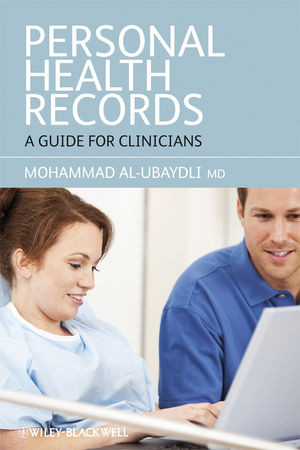

Most ebook files are in PDF format, so you can easily read them using various software such as Foxit Reader or directly on the Google Chrome browser.
Some ebook files are released by publishers in other formats such as .awz, .mobi, .epub, .fb2, etc. You may need to install specific software to read these formats on mobile/PC, such as Calibre.
Please read the tutorial at this link: https://ebookbell.com/faq
We offer FREE conversion to the popular formats you request; however, this may take some time. Therefore, right after payment, please email us, and we will try to provide the service as quickly as possible.
For some exceptional file formats or broken links (if any), please refrain from opening any disputes. Instead, email us first, and we will try to assist within a maximum of 6 hours.
EbookBell Team

0.0
0 reviewsFor the doctor, additional concerns surround the implementation: how do you include these online tools in your busy schedule?
How much will they add to your existing spend on information technology?
Can you get paid for doing all this extra work?
Now you can find dependable answers to all of these questions.
Written by a physician who has developed his own personal health records software for patients and doctors to interact, Personal Health Records: A Guide for Clinicians explains how to get the best from your patient's records and how to put the information to good use, helping both your patient and yourself to a more effective and efficient outcome in any clinical situation.
“The author is a clinical academic, patient and pioneer in his field and does a grand job of explaining the ins and outs of PHRs in a non-patronising manner for the non-tech savvy”
– From a review published inHealth Services Journalby: Dr Emma Stanton, Commonwealth Fund Harkness Fellow and Specialist Registrar at South London and Maudsley NHS Foundation Trust
Chapter 1 Sharing Data with your Patient (pages 3–12):
Chapter 2 Protecting your Patient's Privacy (pages 13–18):
Chapter 3 Patient Communities (pages 19–27):
Chapter 4 PHRs and Clinical Teams (pages 29–38):
Chapter 5 Educating Patients (pages 39–45):
Chapter 6 Saving Time in your Clinic (pages 46–51):
Chapter 7 Technology (pages 53–62):
Chapter 8 Law (pages 63–66):
Chapter 9 Finance (pages 67–73):
Chapter 10 The Future (pages 74–83):